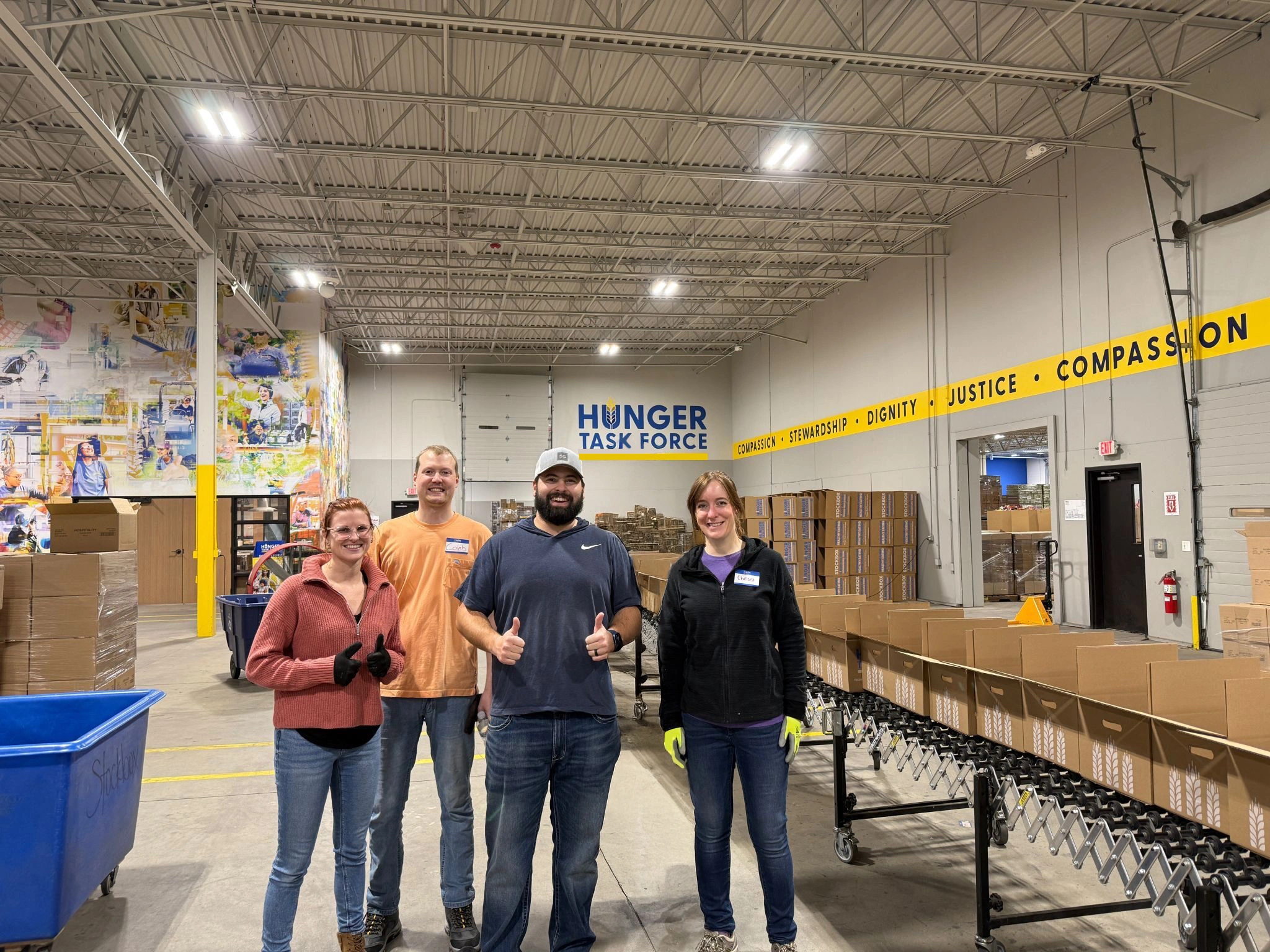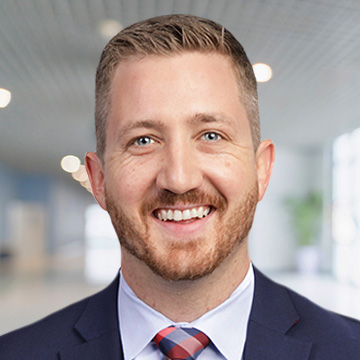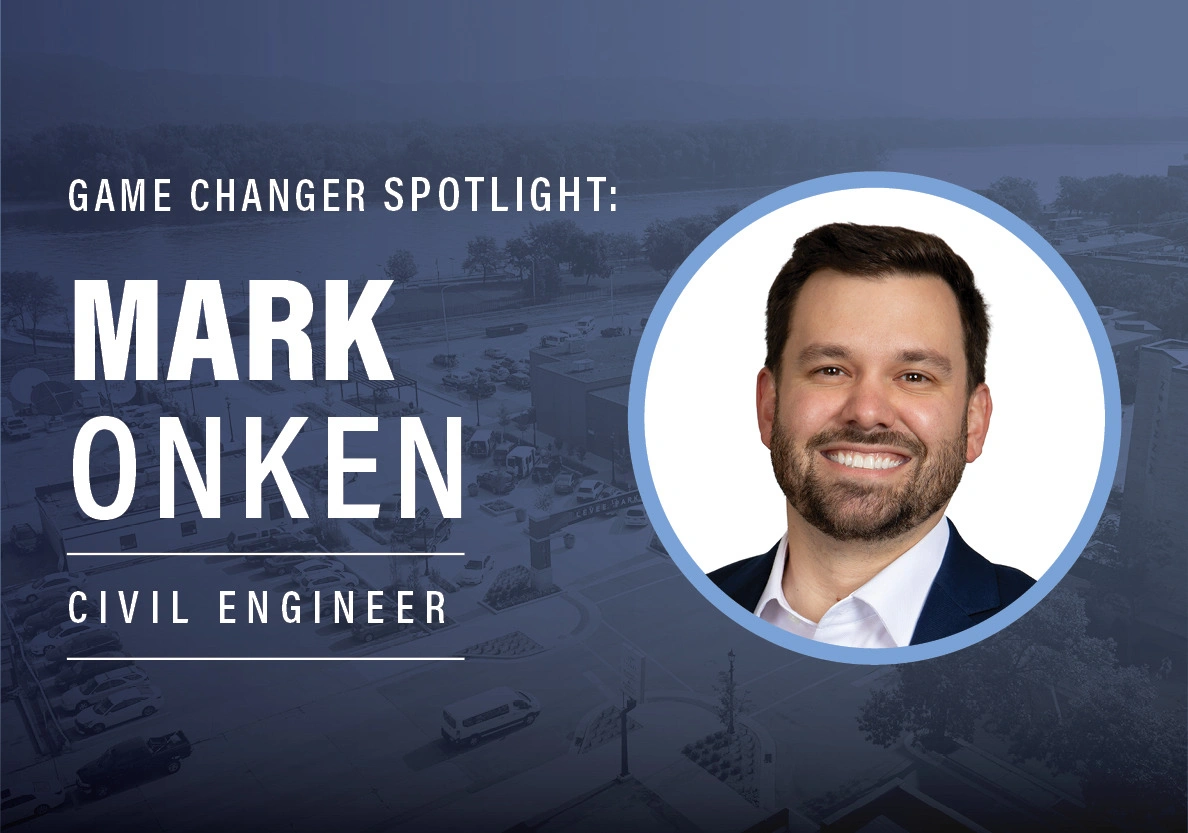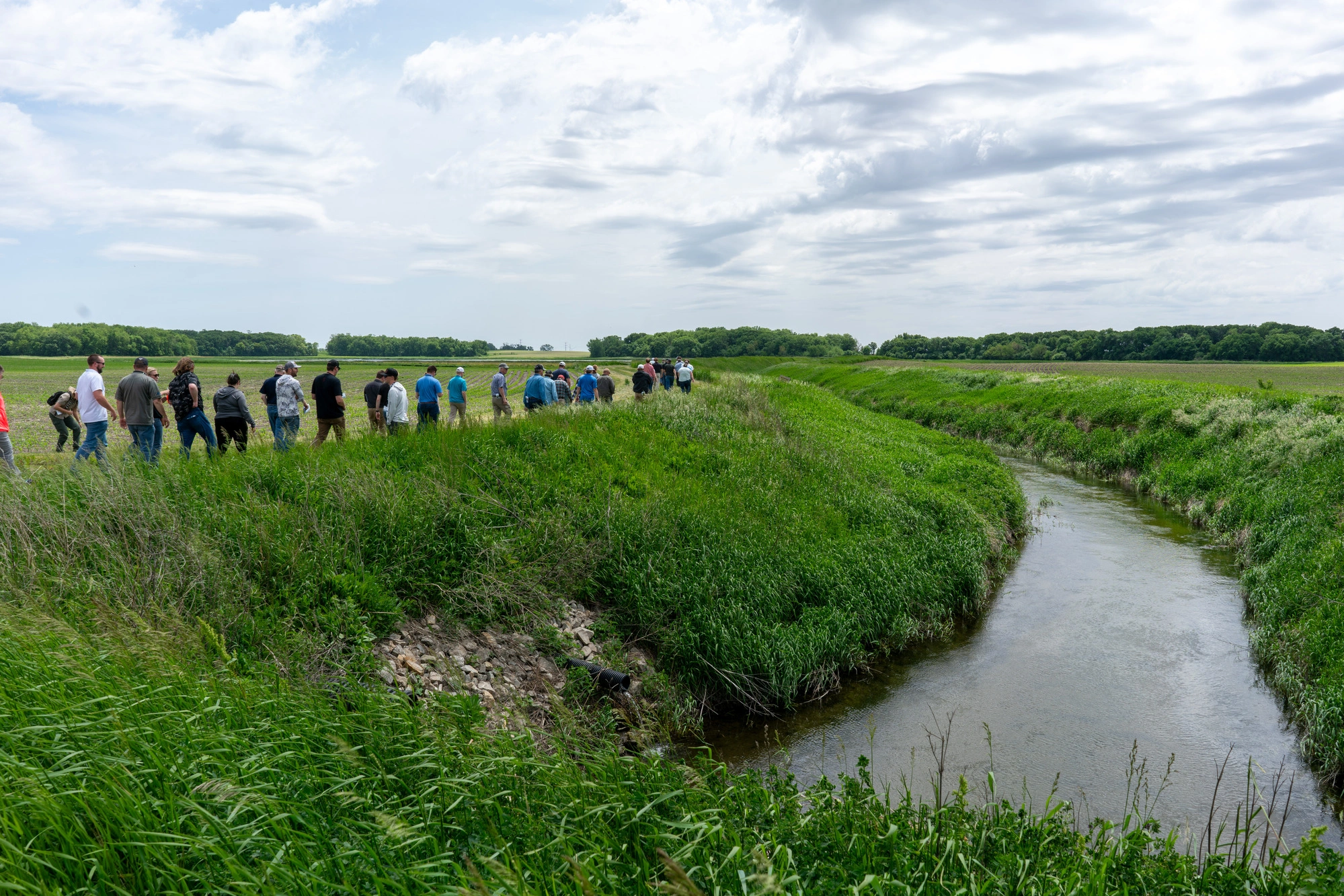Top Flight Firm: Zweig Letter CEO Spotlight
Humble, hard-working, entrepreneurial - are all adjectives used to describe the culture in which ISG seeks to instill each and every day. With a recent ESOP transition, record breaking year, and expanded talent, the Zweig Group called upon ISG President and CEO Chad Surprenant for insight on what the newsletter called a "leading, top-flight firm."
The Zweig Letter (TZL): What’s your philosophy on fee/ billing and accounts receivable? How do you collect fees from a difficult client?
Chad Surprenant (CS): We are strong proponents of lump sum/fixed fee contracts. It promotes ingenuity, creativity, and resourcefulness to be profitable. Prior to the recession, we were more casual. We waited too long to invoice, discounted our fees, and collected our A/R whenever we were fortunate enough to get paid. Those are horrible business practices. Now, we do our best to bill all of our work monthly at minimum, and we start contacting clients when bills are at 45 days. We start by contacting the client with full-time A/R staff about unpaid invoices, and depending on the situation or if there is a problem, the project manager will get involved. If a client is a habitual poor payer, we either cease doing business with them or establish our fees accordingly.
TZL: How do you go about winning work?
CS: We approach our sales from a market perspective. We try to chase clients, not projects. We look at the 12 markets we serve and categorize them in one of three ways:
- Focus/mature
- Focus/growth
- Opportunistic
Focus markets get the most of our strategic planning because they represent work that has repetitive clients, and the mature versus growth represents where we feel we have a strong resume and can compete. Or have the opportunity to strengthen or expand our resume. For example, focus/ growth may be an area where we want to find a strategic partner to win work. We define opportunistic markets as those without a steady stream of work. Typically, the work lands in your lap due to the geography you are in, and you can determine how aggressively you wish to pursue it.
After that, each market we serve has a strategic market plan. We look at current clients, clients we’d like to serve, and examine the business development efforts, human resources, opportunities to establish ourselves as market leaders, strategic partners, acquisition targets (either firms or individuals), technology needed, predictive indicators, etc.
TZL: What’s the greatest problem to overcome in the proposal process?
CS: First – the urge to be too wordy. The proposal needs to be eye-catching, approachable, and informative without being texty and drawn out. Seeing a page full of text is an immediate turn off. Second – there’s always a struggle between being efficient (a desire to replicate as much as you can) and being original with thought and content.
Great marketing staff can make mediocre great, but they need the base information from the project managers. Allowing marketing staff the authority to question and push is a necessity because many project managers don’t have the time or creativity to convey their thoughts well in the proposal process.
TZL: Once you’ve won a contract, what are the “marching orders” for your PMs?
CS: Immediately, we fully develop the team. During the internal kickoff meeting, we discuss contract type, client hot buttons, deadlines, opportunities to exceed expectations, and the big picture. There are times that an initial contract is an opportunity to open other doors, but if we don’t communicate what those are, our likelihood of succeeding in those opportunistic endeavors is minimized.
TZL: How does marketing contribute to your success rate? Are you content with your marketing efforts, or do you think you should increase/decrease marketing?
CS: Marketing is a huge part of our success rate in winning work. Our marketing group works in three areas:
- Strategic communications (proposal writing and development of statements of qualifications, client support, community engagement)
- General awareness and brand building (external marketing of ISG in our geographies and markets we serve)
- Internal communications (internal events, communications, assistance with recruits and new hires, etc.).
We are somewhat content with our marketing efforts; however, we have added considerably to the number and talent in that area. We anticipate more investment in this area because with the right marketing team, ROI is evident.
TZL: What has your firm done recently to upgrade its IT system?
CS: To keep up with recent geographic expansions and a more mobile work staff, we’ve had to recognize a greater demand on systems. As a result, we’ve made two significant investments in the last couple of years:
- A virtual desktop network which allows our staff easy access to our system wherever they are as well as full utilization of centrally-located files and software.
- An upgraded telecommunications system.
TZL: What’s the best way to recruit and retain top talent in a tight labor market?
CS: Recruitment: It’s far easier to recruit younger staff directly from colleges and institutions than it is to recruit those rooted in careers elsewhere. It is also extremely important to put the right people in place to do the recruiting. That is not always human resources personnel, but rather those who resonate with the target in age, interests, background, life experiences, etc.
Develop professional growth opportunities. Communicate them clearly and frequently. Good people want to be in the know and understand how they can influence the firm’s strategies.
TZL: What’s the key benefit you give to your employees? Flex schedule, incentive comp., 401(k), etc.?
CS: We provide some schedule flexibility for family activities and such, but most of our people have a desire to be in our offices where the action is. This year, we will be a 100 percent ESOP. We believe this will be a fantastic mechanism to strengthen our culture – one of opportunity, knowledge sharing, competition, and accountability.
TZL: How do you raise capital?
CS: We use standard banking relationships. Like everything else, this relationship requires time and communication. In an asset-poor industry such as ours, it’s key to find a bank that understands where your value is, how you do your work, and your strategies for future success. Our ESOP will be too new to use as a financing tool, but we’re open to that in the future. We provide some schedule flexibility for family activities and such, but most of our people have a desire to be in our offices where the action is.
TZL: What’s your preferred strategy for growth, M&A or organic? Give us a synopsis of how your firm effected growth in the recent past.
CS: In the past, we were strong proponents of organic growth. As a young firm, we were more comfortable molding young talent the way we felt best; however, our acquisition activity has been fairly significant with three acquisitions in the last five years. In that time frame, our staff growth has been 30 percent through acquisition and 70 percent organically, but those two numbers are intertwined – many of the organic hires would not have occurred if it were not for the expansion and opportunities the acquisitions provided. We will likely continue to pursue acquisitions somewhat aggressively.
Our leadership is young, enthusiastic, and competitive. Our transition to an ESOP has been viewed very positively, and we have had successful expansions of services, stable markets, and new offices with growth potential.
TZL: What’s the greatest challenge presented by growth?
CS: There are mechanical challenges like stressing the IT infrastructure, payroll, financing, leases, etc., but we believe that the greatest challenge is culture. Whether you are growing organically, through acquisition, or both, you are adding people to your team who were not previously there. You need to maintain the cultural elements of what makes your firm special and communicate and protect the expectations and accountability you have instilled. Find your champions and make sure they are communicating the winning tendencies.
TZL: What’s your prediction for 2017 and for the next five years?
CS: We had a very strong 2016, a new high. Five of our last six years have been record highs, and we are predicting growth for 2017 based on current backlog and activity. Provided that the markets we serve are willing, we anticipate considerable growth in the next five years. Our leadership is young, enthusiastic, and competitive. Our transition to an ESOP has been viewed very positively, and we have had successful expansions of services, stable markets, and new offices with growth potential.
For the latest news and insight from the Zweig Group, join their newsletter today! http://zweiggroup.com/
Join the conversation #ISG #ESOP #ZweigGroup #HotFirm
Related Articles

.webp)
ISG Recognized as a 2025–26 Emerging Professional Friendly Firm for the Fourth Consecutive Cycle
ISG has been honored as a 2025–26 Emerging Professional Friendly Firm by AIA chapters in North Dakota, South Dakota, Wisconsin, and Minnesota in recognition of its commitment to fair compensation, licensure support, mentorship, and growth for early-career architects.


ISG Celebrates Employee Ownership Month by Launching the ISG Impact Fund
ISG launches the ISG Impact Fund to empower employee-driven philanthropy and strengthen communities. Celebrating Employee Ownership Month, the fund supports nonprofits aligned with ISG’s core values.











_webfull.webp)